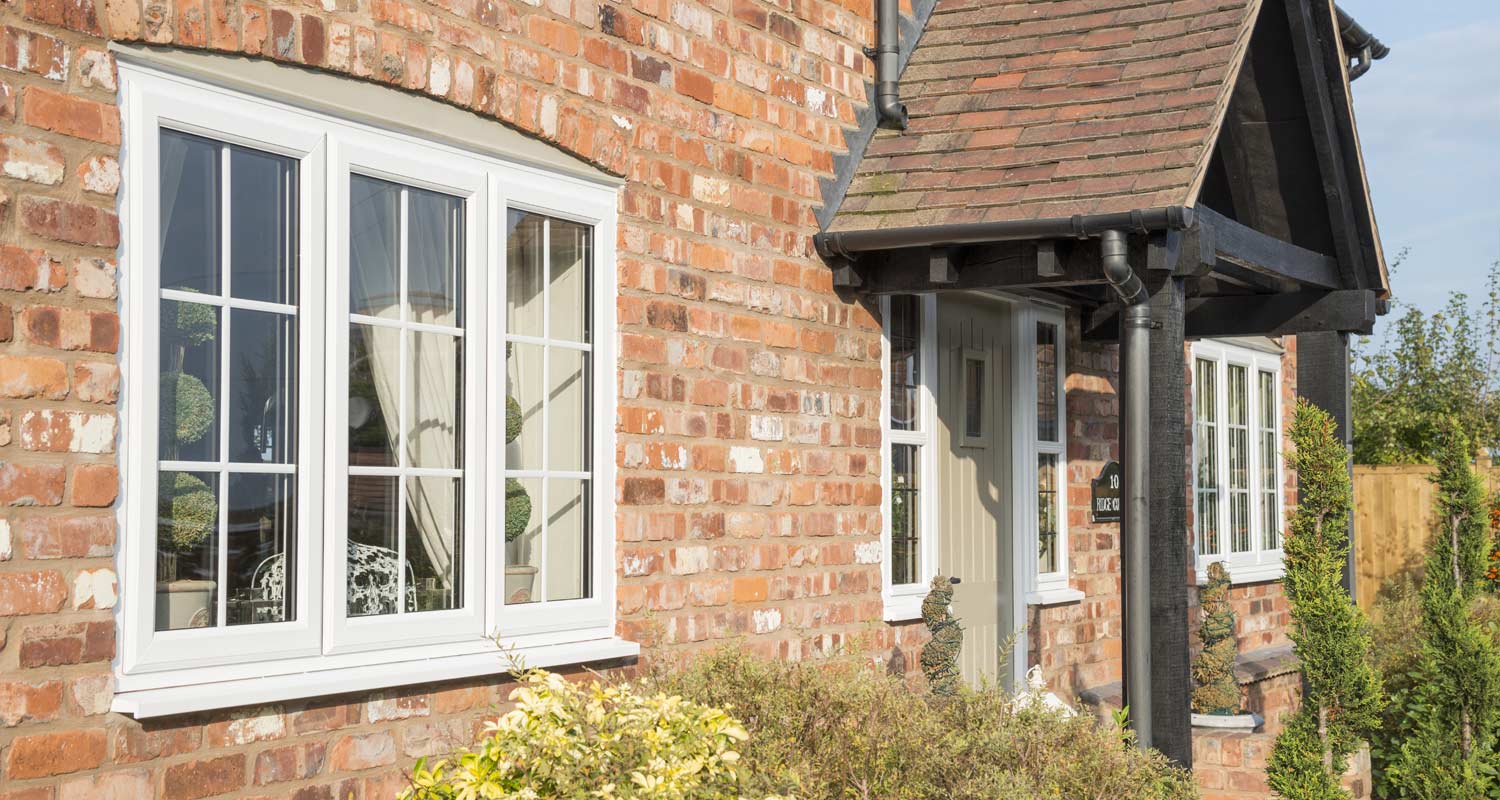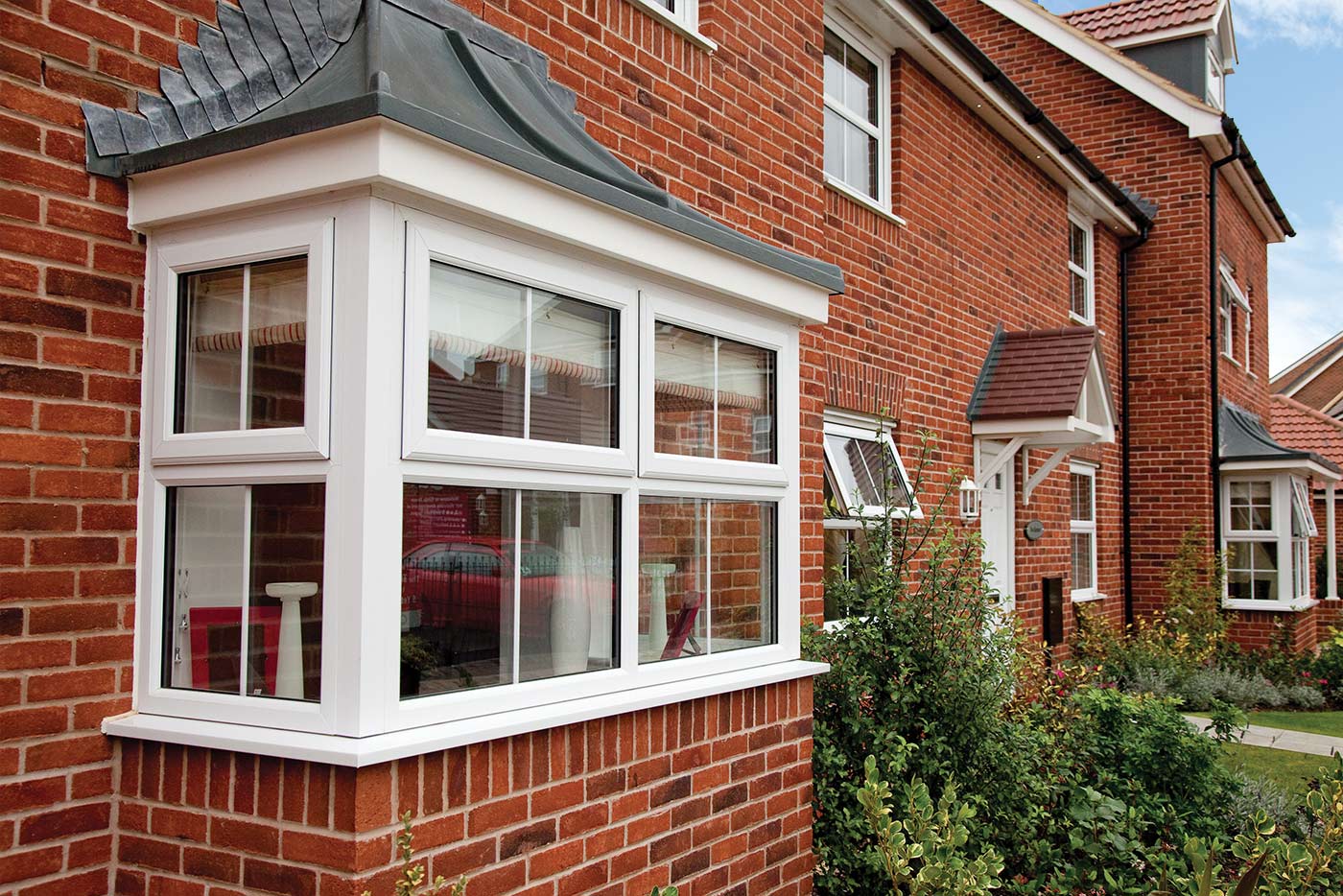There are certain things in life that everybody could definitely do without. Minor grievances that inconvenience us can be ignored for some time but eventually, you’d be better off dealing with them once and for all. One such irritant is condensation on the inside of a window. If you can’t see clearly out of your window, then this really detracts from the value of them and also makes your home less aesthetically pleasing. Before you can work on resolving the problem, it’s useful to know why it might have happened in the first place.
What causes interior window condensation?
I nterior condensation is most commonly a problem in winter when the outside temperature begins to drop, and the inside surface of your windows begin to cool. When it’s colder outside, people tend to heat their homes more, which leads to the heat within the home colliding with the cold surface of the window which creates excessive moisture. This moisture settles on the window in the form of condensation.
nterior condensation is most commonly a problem in winter when the outside temperature begins to drop, and the inside surface of your windows begin to cool. When it’s colder outside, people tend to heat their homes more, which leads to the heat within the home colliding with the cold surface of the window which creates excessive moisture. This moisture settles on the window in the form of condensation.
What are the risks of condensation?
Beyond being an annoyance, prolonged condensation can eventually become a more serious issue for both your health and your home. Older wooden windows might be prone to rot wood moulding, but condensation can also damage plaster, eventually causing damage to your entire home and not just the area of the window.
Condensation can also lead to mould growing on the walls and ceiling of your home, which leads to mould spores being released into the air that can be dangerous if inhaled. These spores can cause allergic reactions like sneezing, red eyes, and rashes. Some people are more affected by the mould caused by condensation than others, such people include babies and children, the elderly, those with skin problems and those with respiratory problems like asthma.
How can interior condensation be prevented?
 There are many ways to keep your windows’ condensation under control, with a lot of them being relatively quick and simple. The main goal should be to reduce the amount of moisture in the air, thus reducing the likelihood of condensation. To reduce the levels of moisture, you should focus on improving the air circulation within the home. Methods of improving air circulation within a home include simple things like regularly opening your windows, especially when you’re doing household activities that might increase the level of moisture in the air.
There are many ways to keep your windows’ condensation under control, with a lot of them being relatively quick and simple. The main goal should be to reduce the amount of moisture in the air, thus reducing the likelihood of condensation. To reduce the levels of moisture, you should focus on improving the air circulation within the home. Methods of improving air circulation within a home include simple things like regularly opening your windows, especially when you’re doing household activities that might increase the level of moisture in the air.
Things that significantly increase humidity include things like showering, cooking, and ironing, so if it isn’t too cold outside, it’s very useful to keep your windows open during these activities. Even if you’re not doing any of these things, it’s also helpful to keep doors open within your home as it creates more room for any warm air to travel through. The usage of fans to push warm air around can also help reduce the chance of condensation.
If you’re looking for a more sure-fire but pricier solution to your condensation problem, you can buy something called a dehumidifier. As you might expect, a dehumidifier is a device that specialises in removing moisture and humidity in the air.
Fitter Windows
Perhaps the best way to minimise the risk and impact of interior condensation is to ensure that the initial installation of the windows is exceptionally professional. Fitter Windows are experts at installing not just windows, but doors, conservatories, and orangeries as well! To find out more, you can contact us or browse our website.
Categories: Help & Advice, Windows & Doors



